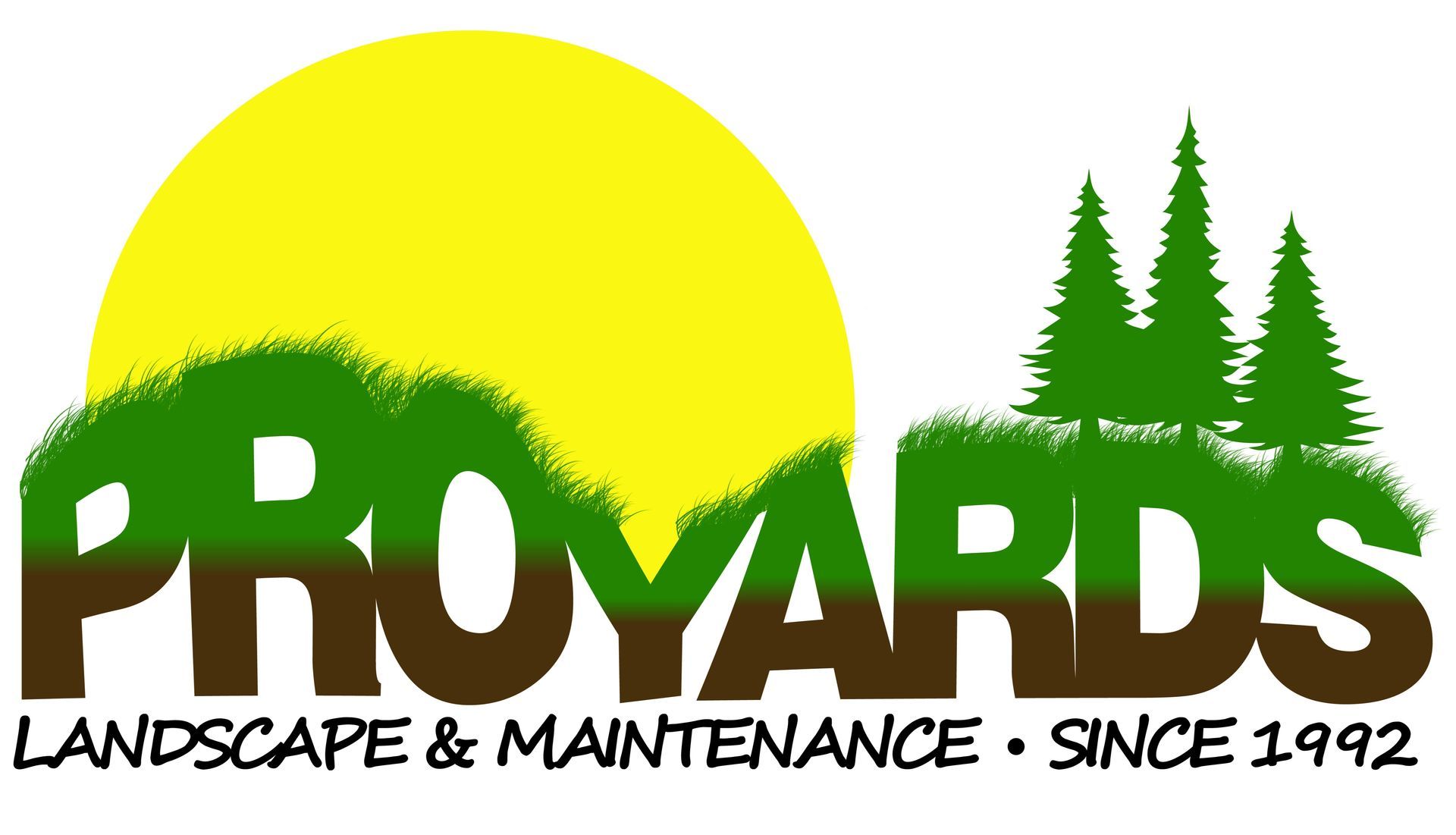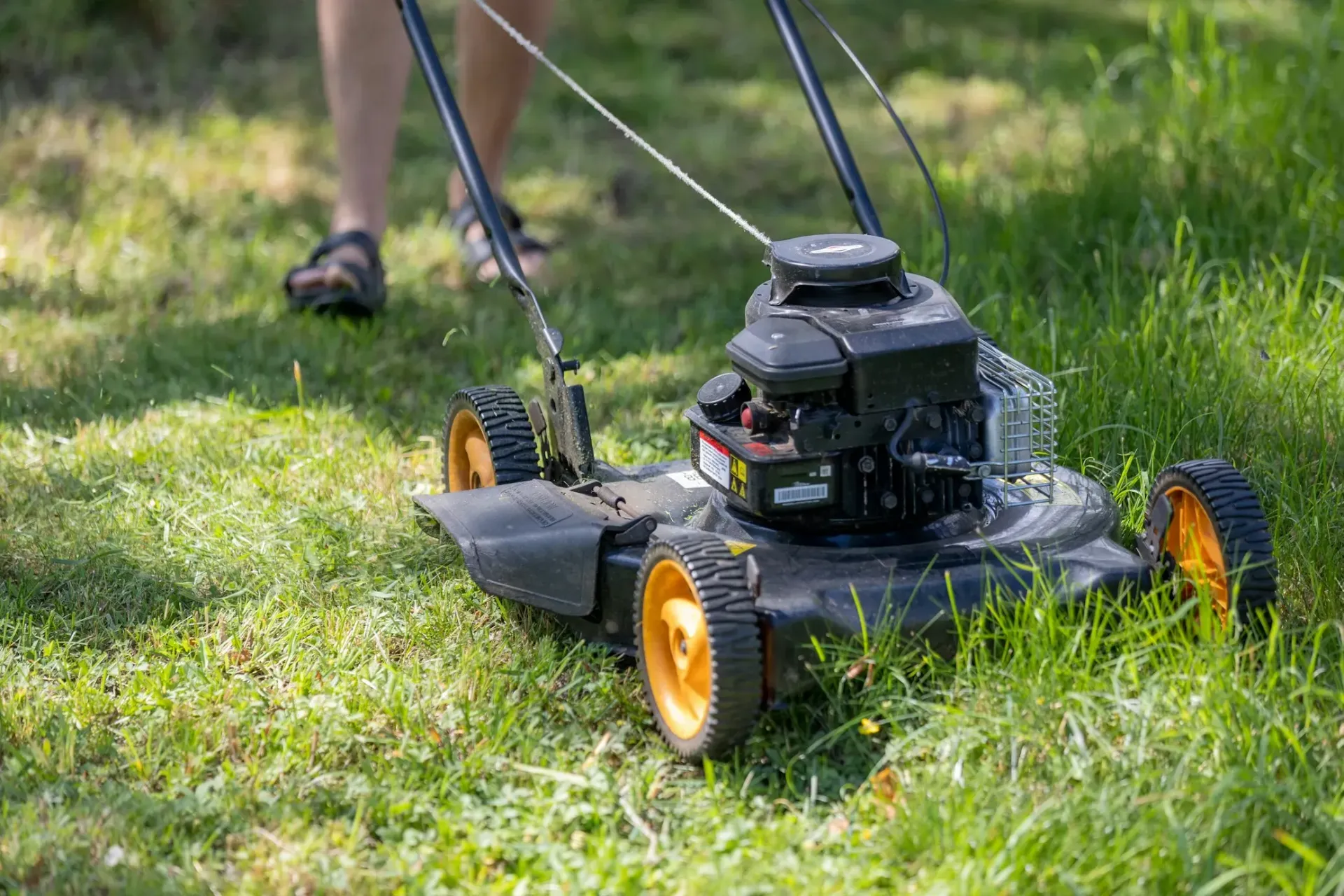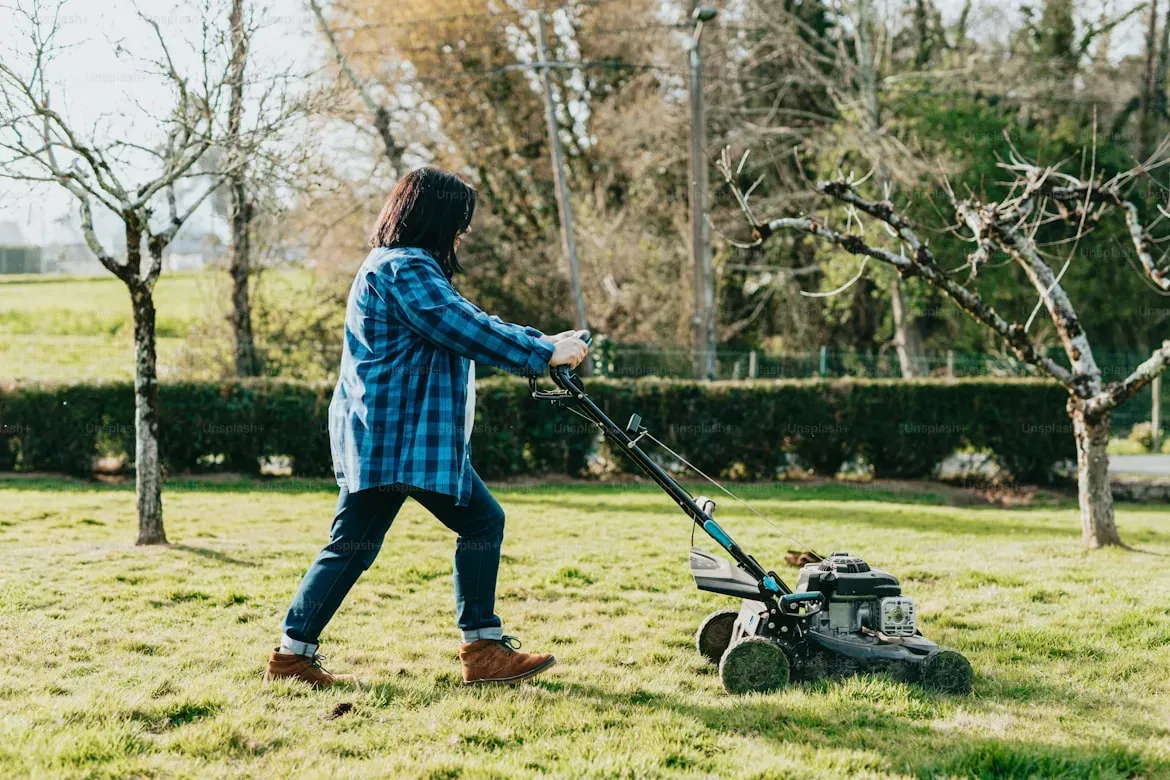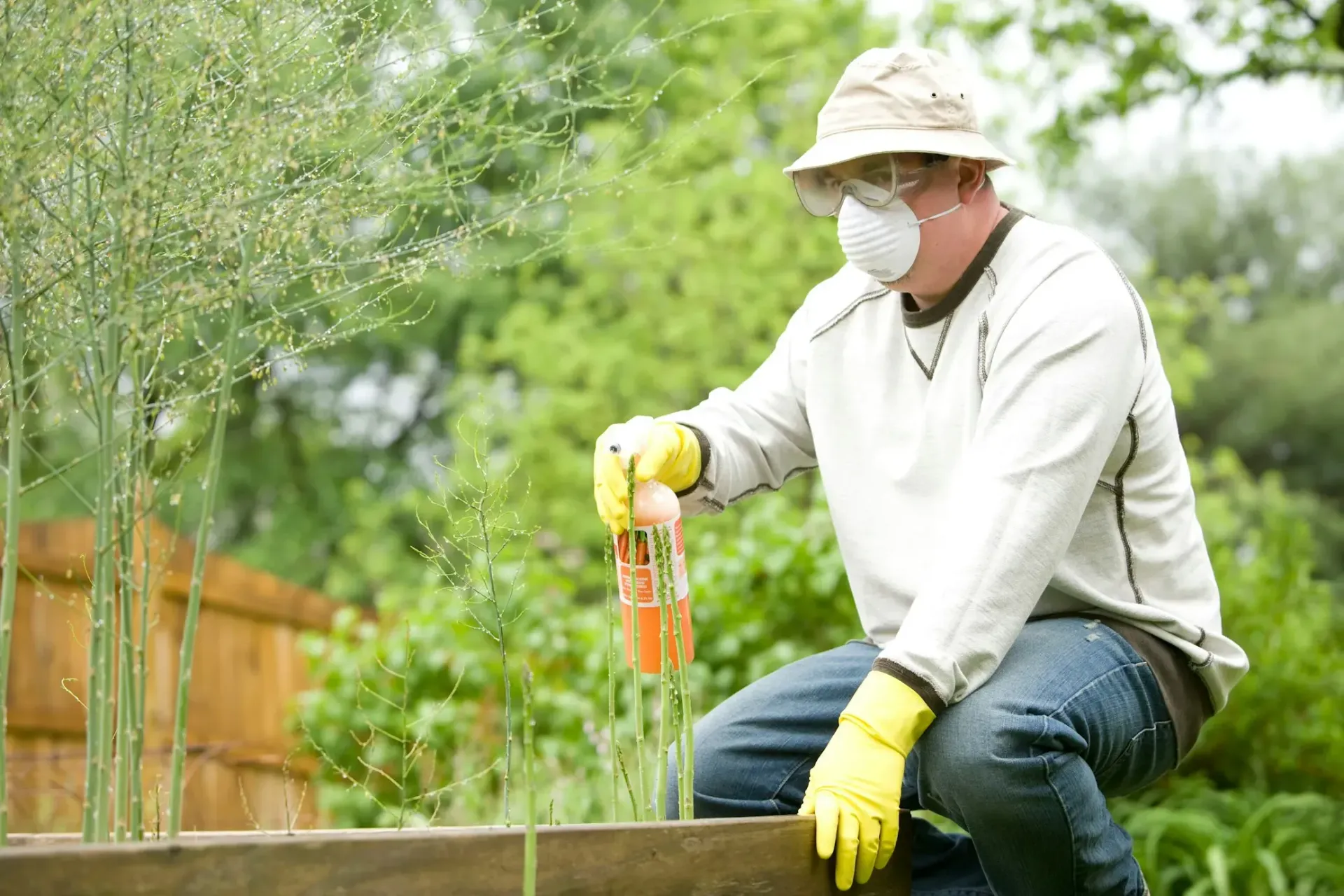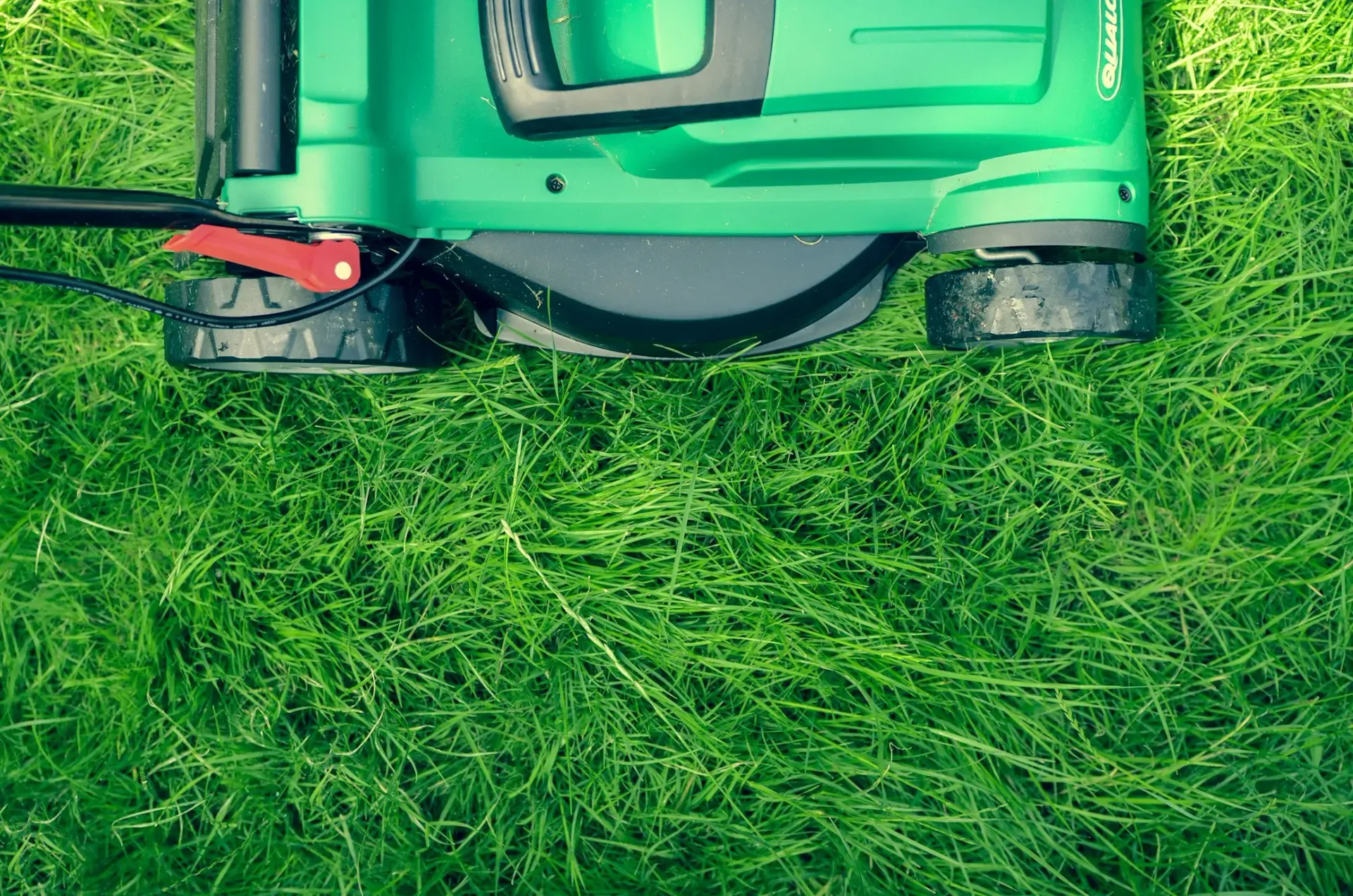
How to Plan a Year-Round Landscaping Schedule (Seasonal Lawn & Garden Care Guide)
Taking care of your yard isn’t just a spring or summer job. Landscaping needs attention all year long to stay healthy and look its best. Without a plan, lawns thin out, plants struggle, and trees become weak. The seasons bring different challenges, and knowing what to do in each one makes all the difference.
The best way to keep your yard in top shape all year is to follow a seasonal landscaping schedule. A good plan tells you when to fertilize, water, prune, and protect your lawn and plants. This prevents common issues like dry patches in the summer, weak roots in the fall, and frost damage in the winter.
This guide will break it all down. You’ll learn what to do in spring, summer, fall, and winter to keep your yard thriving. Whether you want a green lawn, strong trees, or a well-maintained outdoor space, a year-round plan makes it easier.
Need expert help? Check out our Comprehensive Guide to Lawn Care Services in Salt Lake City for professional solutions.
How to Build a Year-Round Landscaping Schedule
A great yard doesn’t happen by chance. It takes a plan. Each season brings different weather, and your lawn, trees, and plants need care at the right time. A landscaping schedule helps you stay on top of things so your yard stays healthy all year.
1. Why a Landscaping Schedule Matters
- Prevents overgrown grass, dead plants, and soil problems.
- Saves time by spreading out work instead of fixing big issues later.
- Keeps plants strong, so they survive through tough weather.
2. Steps to Create Your Own Landscaping Plan
Step 1: Know Your Climate – Check your local growing zone to see which plants and grasses grow best.
Step 2: List Seasonal Tasks – Break yard work into spring, summer, fall, and winter.
Step 3: Set a Schedule – Plan which tasks to do each month so nothing gets missed.
Step 4: Adjust as Needed – Weather changes, so stay flexible and make updates when necessary.
3. What to Include in Your Plan
Your landscaping schedule should cover:
- Lawn care – Mowing, watering, fertilizing, and aerating.
- Tree and plant care – Pruning, planting, and winter protection.
- Weed and pest control – Preventing damage before it starts.
- Irrigation maintenance – Checking sprinklers and adjusting for seasons.
A solid schedule means less stress and a better-looking yard. Now, let’s break down what to do in each season.
Spring Landscaping: Preparing for Growth
Spring is the season of new growth.
After winter, your yard needs a fresh start. This is the time to wake up your lawn, plant new flowers, and get your irrigation system ready. A good spring routine sets the stage for a healthy yard all year.
1. Lawn Care in Spring
- Rake and clean up – Remove leaves, branches, and debris left from winter.
- Dethatch and aerate – Loosen up compacted soil so roots can breathe.
- Fertilize early – Use a slow-release fertilizer to help grass grow strong.
- Start mowing – Keep grass at the right height (about 3 inches) to prevent stress.
2. Planting and Garden Care
- Plant new flowers, shrubs, and trees – Spring is the best time for planting.
- Mulch garden beds – This keeps moisture in and weeds out.
- Prune dead branches – Cut back damaged or overgrown plants for better growth.
3. Weed and Pest Control
- Apply pre-emergent herbicides – Stop weeds before they start.
- Watch for pests – Warmer weather brings bugs, so take action early.
- Check for lawn diseases – Look for brown patches or thinning grass.
4. Irrigation Setup
- Inspect sprinkler systems – Fix leaks and adjust for spring watering needs.
- Water deeply but less often – This encourages deep root growth.
- Check soil moisture – Too much water can cause root rot.
Spring is all about strengthening your yard after winter and preparing it for summer heat.
Summer Landscaping: Maintenance & Protection
Summer brings heat, dryness, and rapid plant growth. Your lawn and garden need extra care to stay strong in the sun. Watering, mowing, and soil care are key to keeping your yard green and healthy during the hottest months.
1. Lawn Care in Summer
- Adjust mowing height – Keep grass slightly taller (3–4 inches) to protect roots from heat.
- Water deeply, not often – Early morning watering prevents evaporation.
- Fertilize lightly – Too much can burn grass in high heat.
- Watch for lawn stress – Brown spots and thinning grass may mean drought damage.
2. Choosing Heat-Resistant Plants
- Drought-tolerant plants thrive in summer heat. Some great choices include:
- Perennials: Coneflowers, black-eyed Susans, Russian sage.
- Shrubs: Lavender, juniper, barberry.
- Grasses: Fountain grass, blue fescue.
- Mulching garden beds – Helps retain moisture and keep roots cool.
3. Weed and Pest Control
- Pull weeds before they spread – They compete with plants for water.
- Check for common summer pests – Look for grubs, aphids, and spider mites.
- Apply organic pest control if needed – Avoid harsh chemicals that harm beneficial insects.
4. Soil and Water Management
- Use drip irrigation – Delivers water directly to roots, reducing waste.
- Limit watering in extreme heat – Overwatering can cause fungal growth.
- Keep an eye on soil health – Dry, cracked soil may need compost or organic matter.
Summer is about protecting what you planted in spring and keeping your landscape hydrated, shaded, and pest-free.
Fall Landscaping: Prepping for Dormancy
Fall is the time to strengthen your yard before winter. Cooler temperatures make it easier for plants to grow strong roots, and the right prep work now will set your lawn and landscape up for success in the spring.
1. Lawn Recovery and Winter Prep
- Overseed thin areas – Fall is the best time to plant new grass.
- Aerate the lawn – Loosens compacted soil and helps roots take in nutrients.
- Apply fall fertilizer – Gives grass the nutrients it needs to survive winter.
- Mow one last time before winter – Cut grass shorter (around 2 inches) to prevent matting under snow.
2. Tree and Shrub Maintenance
- Prune dead or weak branches – Prevents damage from heavy snow and ice.
- Plant trees and shrubs – Fall is ideal because roots can establish before winter.
- Wrap young trees – Protects bark from cold temperatures and pests.
3. Leaf and Debris Management
- Mulch leaves instead of bagging them – Adds nutrients back into the soil.
- Clear out dead plants and weeds – Prevents pests and diseases from spreading.
- Clean garden beds – Remove spent flowers and vegetable plants.
4. Hardscape and Irrigation Check
- Inspect patios, walkways, and retaining walls – Fix cracks before winter freeze-thaw cycles make them worse.
- Drain and winterize irrigation systems – Prevents pipes from freezing and bursting.
- Store garden tools and hoses properly – Protects them from damage.
Fall is the last chance to prepare your landscape before winter dormancy.
Winter Landscaping: Protection & Planning
Winter may seem like a time to forget about your yard, but what you do now affects how your landscape looks in spring. Cold temperatures, snow, and ice can damage grass, trees, and plants if they aren’t properly protected.
1. Lawn Care in Winter
- Avoid heavy foot traffic on dormant grass – Too much pressure can cause soil compaction.
- Keep the lawn clear – Remove leaves, debris, and fallen branches to prevent mold and disease.
- Watch for snow mold – If snow sits for too long, it can cause fungal growth in the grass.
2. Tree and Shrub Protection
- Wrap young or sensitive trees – Prevents cracking and sunscald from temperature swings.
- Shake off heavy snow from branches – Helps prevent breakage.
- Mulch around tree bases – Keeps roots insulated from extreme cold.
3. Snow and Ice Management
- Use pet- and plant-safe deicers – Avoid rock salt, which can damage grass and plants.
- Clear sidewalks and driveways carefully – Shoveling too close to plants can cause damage.
- Check drainage areas – Snowmelt can flood certain spots if not properly managed.
4. Planning for Next Year
- Review what worked this year – Take notes on what plants and lawn care methods performed best.
- Plan new projects – Winter is a great time to design new garden beds, patios, or irrigation upgrades.
- Start early on spring prep – Order seeds, fertilizers, and landscaping supplies in advance.
Winter is about protecting your landscape from the cold and setting up a strong start for spring.
Common Mistakes to Avoid in Year-Round Lawn Care
Even with a good plan, some landscaping mistakes can undo months of hard work. Avoiding these common issues will help keep your yard healthy and reduce the need for extra maintenance.
1. Overwatering or Underwatering at the Wrong Times
- Too much water in summer can lead to shallow roots and fungus.
- Not enough water in fall weakens the lawn before winter.
- Solution: Adjust watering based on the season—deep watering in early morning works best.
2. Skipping Seasonal Fertilization and Aeration
- Spring and fall are the best times to fertilize. Missing these windows leads to weak grass.
- Aeration is key in fall. If skipped, the lawn may struggle in spring.
- Solution: Stick to a schedule to ensure your grass gets nutrients and oxygen when it needs them.
3. Neglecting Soil Health and Irrigation Adjustments
- Soil loses nutrients over time. Without proper care, it becomes compacted and weak.
- Sprinklers left on summer settings in fall and winter waste water and damage plants.
- Solution: Test soil pH yearly and adjust irrigation settings seasonally.
4. Improper Mowing Practices
- Cutting grass too short in summer weakens roots and exposes soil to heat stress.
- Letting grass grow too long in fall can lead to snow mold in winter.
- Solution: Follow proper mowing heights based on the season—about 3 inches in summer and shorter in fall.
5. Forgetting to Prepare for Winter
- Unprotected trees and shrubs can suffer cold damage.
- Irrigation systems not winterized can freeze and break.
- Solution: Wrap sensitive plants, mulch tree bases, and shut down irrigation before the first freeze.
By avoiding these mistakes, your yard stays healthier, stronger, and easier to maintain throughout the year.
Professional Landscaping Services: When to Get Help
Taking care of a yard year-round can be a lot of work. Even with a good schedule, some tasks require experience, the right equipment, or just more time than most homeowners have. That’s where professional landscaping services come in.
1. Signs Your Yard Needs Expert Care
- Your lawn has bare spots, thinning grass, or recurring weeds. These issues often need more than DIY solutions.
- You don’t have time to keep up with seasonal maintenance. Regular mowing, fertilizing, and irrigation checks take effort.
- Your plants are struggling despite proper watering. Soil problems, disease, or poor plant selection could be the cause.
- You need hardscape repairs. Fixing patios, walkways, and retaining walls requires skill and tools.
2. How Professional Services Help Keep Your Landscape Healthy
A landscaping expert does more than mow the lawn. They provide:
- Lawn care – Fertilization, aeration, seeding, and weed control.
- Tree and shrub maintenance – Pruning, disease prevention, and planting advice.
- Irrigation system setup and repairs – Ensuring efficient watering year-round.
- Seasonal preparation – From winterizing in fall to refreshing the landscape in spring.
3. Choosing the Right Landscaping Company
If you decide to hire a professional, look for:
- A licensed and insured company with strong customer reviews.
- Experience in your local area to ensure they understand your climate and soil.
- A full range of services to handle everything from lawn care to hardscaping.
A well-maintained yard increases property value, enhances curb appeal, and saves you time. If you’re ready to take your landscaping to the next level, professional care may be the best solution.
Final Thoughts
A great yard doesn’t happen by accident. A year-round landscaping schedule keeps your lawn, trees, and plants thriving in every season. By following the right seasonal tasks, you prevent problems before they start and make yard care easier.
At ProYards, we specialize in lawn care, landscaping, irrigation, tree service, hardscapes, and pest control across Salt Lake City, Lehi, Saratoga Springs, Eagle Mountain, and American Fork. Our licensed and insured team ensures your yard looks its best all year long.
Contact ProYards today for expert landscaping services that keep your outdoor space healthy and beautiful in every season.
Our Services
Contact Information
Phone: (801) 254-2890
Email: proyardcustomers@gmail.com
Business Hours
- Mon - Fri
- -
- Sat - Sun
- Closed
Area We Serve
All Rights Reserved | Proyards
